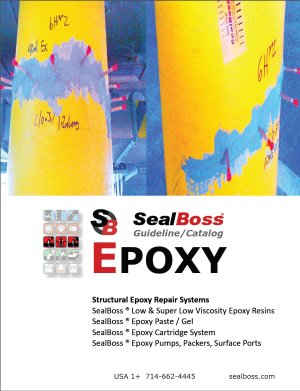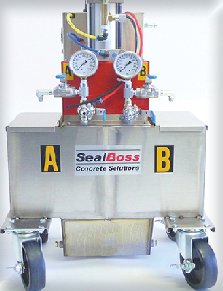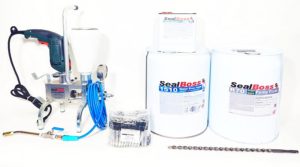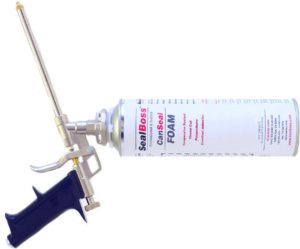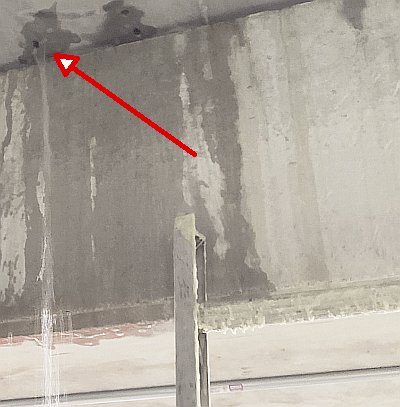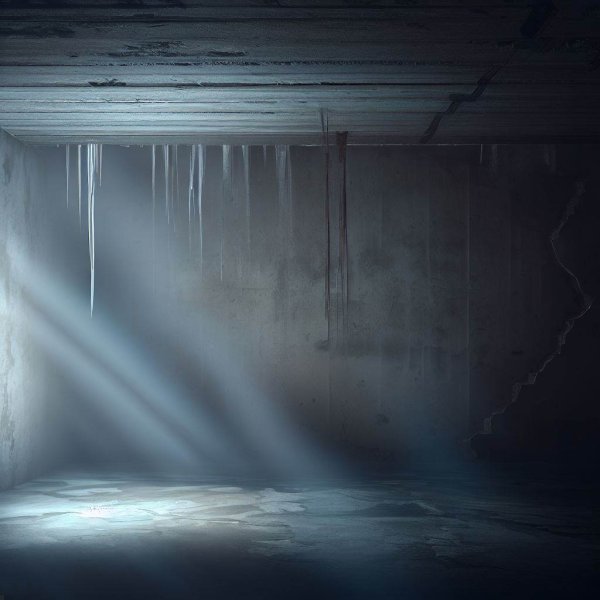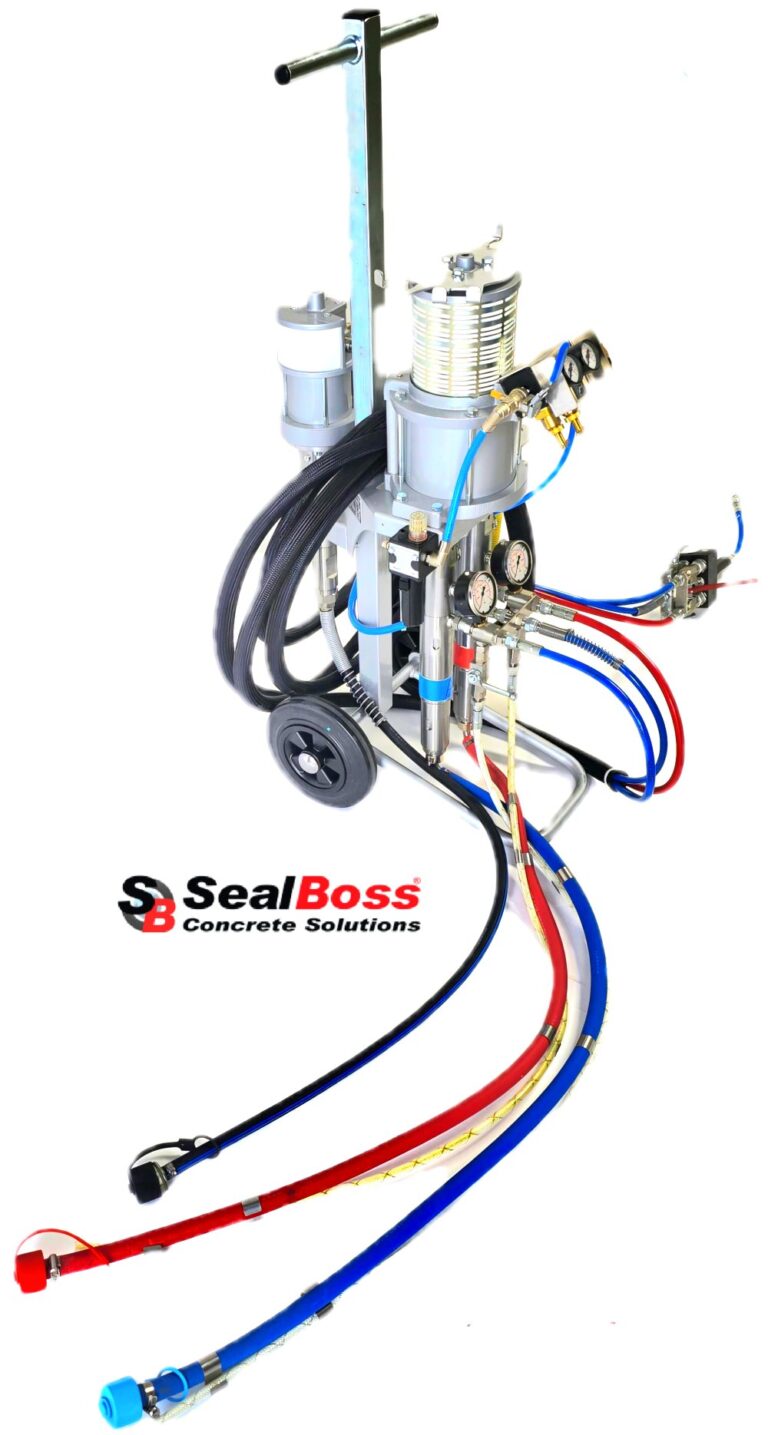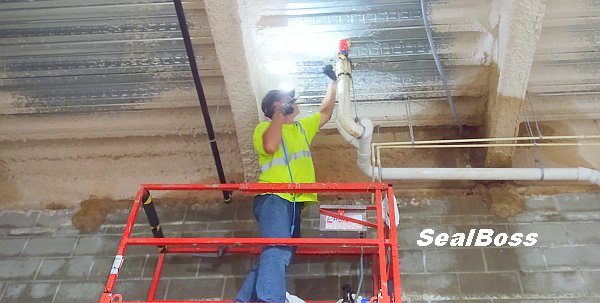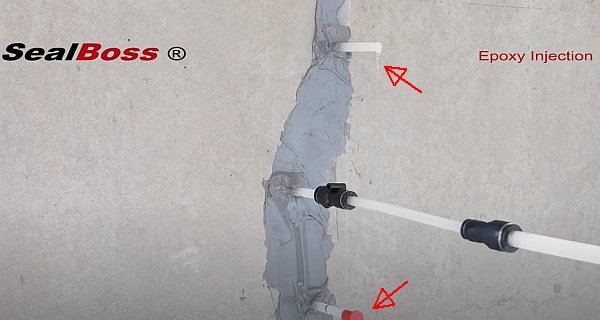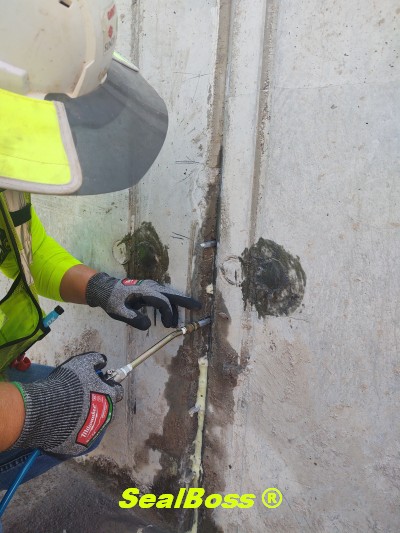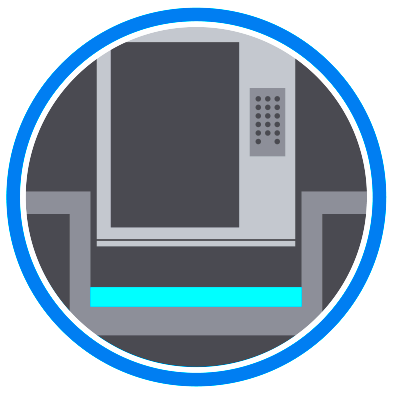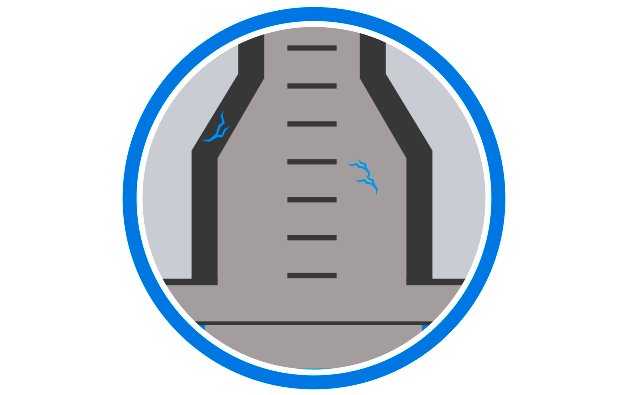Texas Floor Repair | Joint Fill
Texas Joint Fill Floor Repair
SealBoss JointMaster Pump Rushed to El Paso

Another High School Floor Repaired & Concrete Joints Filled in Texas
A SealBoss Technical Rep drove down to El Paso, TX in timely support of local contractor who upgraded from an old outdated pump with polyethylene tanks, that was difficult to use and clean, to the stainless steel tank equipped new Jointmaster Pro 2 G3i polymer joint filler pump.
How to Operate and Clean a Joint Filler Pump
“On-site training consists of an overview of the machine and it’s features. This is followed by hands on training with actual dispensing of material into the joints until the applicator has gotten comfortable with the application techniques and nuances of the material used. Finally we focus on the correct cleaning procedure of the equipment.
We won’t leave a jobsite till I know everyone is comfortable with the systems and can reteach the next person in line.
Instead of breaking out the tools and hoping you can find parts for your old bulk dispensing pump, maybe it is time to upgrade to the SealBoss Jointmaster 2 and schedule your on-site training to get you comfortable with your new machine.
With a knowledgeable technical support team, we are here to help with any questions you may have.”


JointMaster Pro 2 Machine Advantages
- Over 8 hour working time with 12V Marine Deep Cycle Battery
- Lightweight with a Powder Coated Frame & Stainless Steel Hoppers
- Works with any 1:1 Self Leveling Jointfill | Polyurea | Epoxy
- Optional accessories for conditioning material
- 4000 – 6000 linear feet average of material dispensed per battery cycle
In Person and Video training is available upon request, contact SealBoss today to speak to your regional technical representative on our SealBoss full system solutions and offerings.




